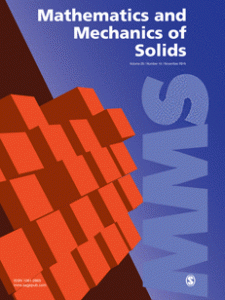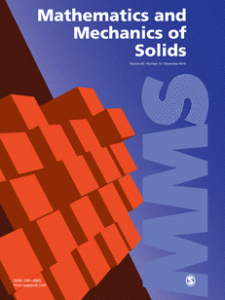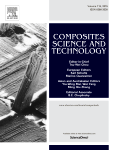
A paper on 3-D printing has been pulled because it “inadvertently” included some sensitive material.
We’re not sure which parts of the paper were the specific problem. But the sensitive material may have something with how to improve the surfaces of 3-D printed products, which is the subject of “Feasibility of using Copper(II)Oxide for additive manufacturing.”
Here’s what the paper, published in the International Journal of Precision Engineering and Manufacturing contains, according to the abstract:
Additive manufacturing, in spite of its ever wider application range, is still plagued by issues ranging from accuracy to surface finish. In this study, to address the latter issue, the feasibility of using Copper(II)Oxide powder with a polymer binder deposited through a Fused Deposition Modeling (FDM) 3D printing technique is explored.
Here’s the retraction note:
Continue reading 3-D printing paper accidentally includes secrets


 Thirteen papers in Mathematics and Mechanics of Solids now have an expression of concern, after it came to light that an author on most of the papers coordinated the peer-review process.
Thirteen papers in Mathematics and Mechanics of Solids now have an expression of concern, after it came to light that an author on most of the papers coordinated the peer-review process.




